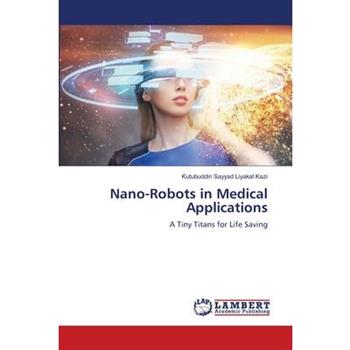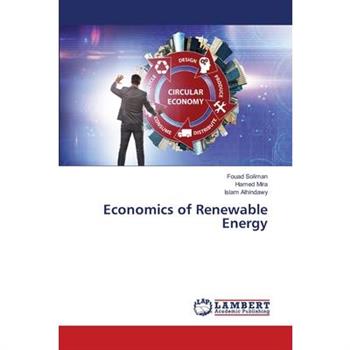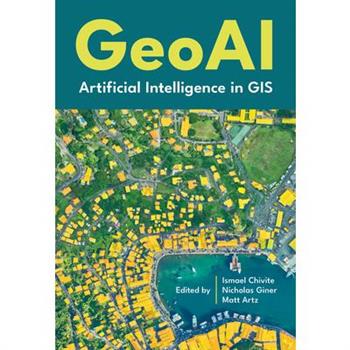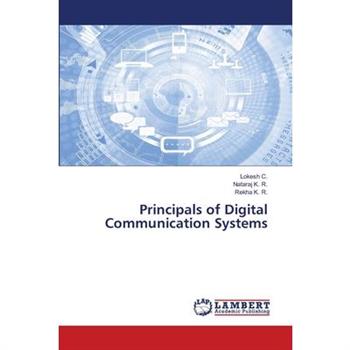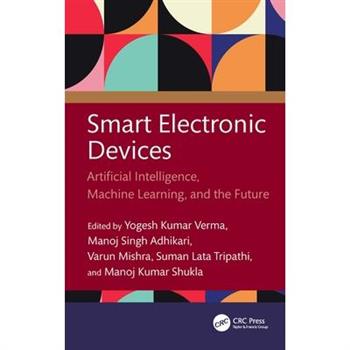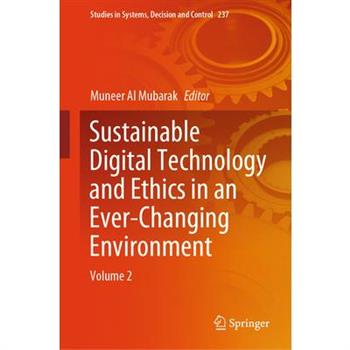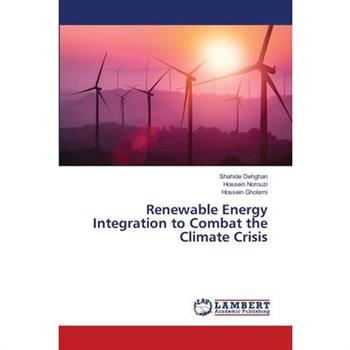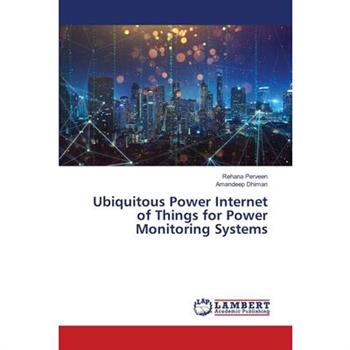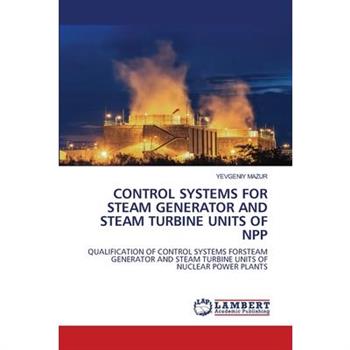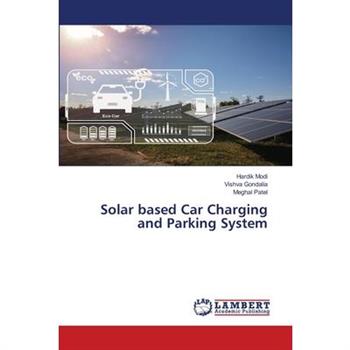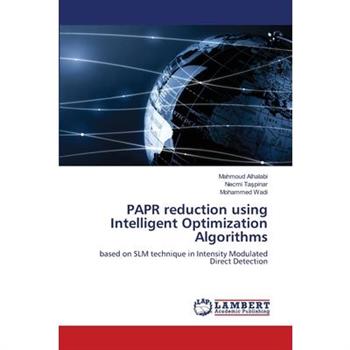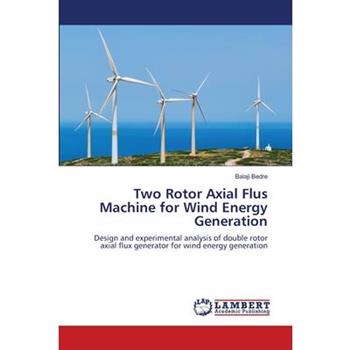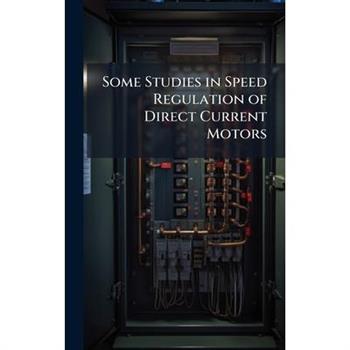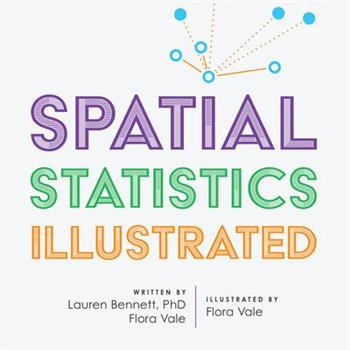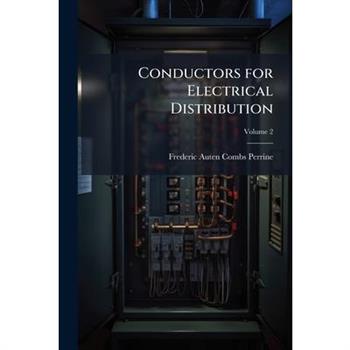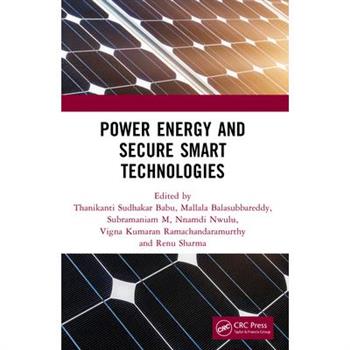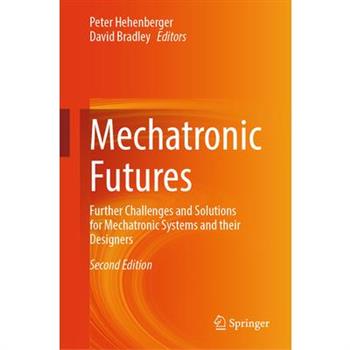Nano-Robots in Medical Applications
Nanorobots, engineered devices at the nanoscale, hold immense promise for revolutionizing medical applications. Their potential to navigate the human body at a cellular level opens doors to targeted drug delivery, precision diagnostics, and minimally invasive surgery. This abstract explores the burgeoning field of nanorobotics in medicine, highlighting their potential to overcome limitations of conventional treatments. We will delve into various designs and functionalities of nanorobots, including their actuation mechanisms, targeting strategies, and biocompatibility considerations.
Economics of Renewable Energy
Renewable energy (RE) technologies' market is on the rise, and the world is witnessing a new energy transition with many factors and drivers pushing it. To properly understand this phenomenon, it is vital to apprehend the correlation between the development of economies and the different energy transitions through history. It is also important to understand the rationale behind the current transition to renewables and their economy; this book presents and discusses both points. The histories of energy transitions, development of economies and industrial civilizations, all go hand in hand. Going back in time, people only needed to cover their basic needs, such as food, which -at the very beginning- was met by using firewood for cooking and heating. Further in time, people star-ted practicing agriculture in the first formed human communities, essentially depending on the sun for that practice, in combination with biomass. As economies evolved and developed into complex forms, firewood and other biomass were no longer able to meet the increasing demand in energy. So, people started turning into hydropower, then to coal during the 19th century.
Technological Applications for Smart Sensors
This new volume presents a plethora of clever real-time applications of smart sensor technology with examples from diverse areas. The volume showcases novel applications of smart sensors, such as for automatic dual axis solar tracking systems, for wearable flexible electronic devices, for effective security systems in banking and finance, in healthcare for cancer detection and cardiac patient monitoring, for chemical safety in laboratories, for water quality monitoring systems, for agricultural irrigation control, for maintenance of industrial machines, for fire detection safety systems, to name a few of the many smart sensor innovations highlighted in this volume.
Military Command and Control Systems
The book describes the bases and applications of the military command and control systems of different armed forces kind and countries. The description of the future threats and the operational environment, of the command and control operational requirements was done. The concepts of military command and control systems are presented. The different kinds of command and control systems are communicated. The role and application of artificial intelligence, communication, and information systems in command and control systems are delineated. The aspects of the security assurance of command and control systems are analyzed. The advanced and integrated solutions for command and control are disclosed. The command and control systems used in different kinds of military forces, and countries, such as EU, NATO, Czech Republic, Poland, Bulgaria, Australia, South Korea, and China are reported.
Safety and Security of Power Installations
This book discusses current and essential issues regarding: ELECTRICAL RISKS PREVENTION, SAFETY OF POWER INSTALLATIONS, RISK, ANTI-BRIBERY AND BUSINESS CONTINUITY MANAGEMENT, SECURITY OF POWER INSTALLATIONS, ASSESSING OF POWER INSTALLATIONSThe safety and security of power installations are critical to ensuring uninterrupted electricity supply, protecting human life, and safeguarding national infrastructure. This paper explores the key challenges and solutions associated with the safety and security of power systems. It reviews current safety standards, regulatory frameworks, risk assessment methodologies, and best practices for hazard mitigation. Emphasis is placed on integrating advanced monitoring systems, employee training, and emergency response strategies to enhance resilience. The findings underscore the necessity for a comprehensive, multi-layered approach to protect power installations from natural disasters, human error, and malicious attacks.
Principals of Digital Communication Systems
Communication has been one of the deepest needs of the human race throughout recorded history. It is essential to forming social unions, to educating the young, and to expressing a myriad of emotions and needs. Good communication is central to a civilized society. The various communication disciplines in engineering have the purpose of providing technological aids to human communication. One could view the smoke signals and drum rolls of primitive societies as being technological aids to communication, but communication technology as we view it today became important with telegraphy, then telephony, then video, then computer communication, and today the amazing mixture of all of these in inexpensive, small portable devices. Initially these technologies were developed as separate networks and were viewed as having little in common. As these networks grew, however, the fact that all parts of a given network had to work together, coupled with the fact that different components were developed at different times using different design methodologies, caused an increased focus on the underlying principles and architectural understanding required for continued system evolution.
Nano-Technology Applications
Nanotechnology, the manipulation of matter at the atomic and molecular scale, is revolutionizing diverse fields with its unique properties and capabilities. This book explores the burgeoning applications of nanotechnology across various sectors, highlighting its potential to address critical global challenges. From medicine, where targeted drug delivery and nanoscale diagnostics promise more effective and personalized treatments, to battlefield to IoT Communication.
Piezoelectric Bending Transducers
The wide range of industrial applications for piezoelectric bending transducers as actuators and high-precision positioning systems requires their performance to be adapted to the respective task. This presupposes that it is already possible to predict the static and dynamic behaviour of such actuator structures in the respective application during the design and development phase. The geometric dimensions of the individual active and passive layers, their sequence in the layer system and their elasto- and electromechanical properties are key factors here. This book focuses on the analytical description of the static and dynamic behaviour of piezoelectric multilayer bending transducers. It is intended to provide students of natural sciences and engineering as well as engineers and scientists in practice with a solid engineering tool for the design of piezoceramic bending transducers. The benefits of the analytical description obtained are demonstrated based on real measurements on a monomorph in multilayer technology. The requirements for understanding the material are limited to basic knowledge of one- and multidimensional analysis as well as elementary Newtonian mechanics, technical mechanics and electricity.
Practical Design Considerations for Isolated DC-DC Converters
Smart Electronic Devices
The book analyzes the use of smart medical devices that use artificial intelligence and machine learning to analyze medical images, detect diseases, and assist in diagnosis. It further focuses on real-world applications of artificial intelligence and machine learning in smart electronic devices, demonstrating how these technologies are being used in various industries, such as healthcare, automotive, finance, and consumer electronics.Features: Explores how cloud and edge computing work together to enhance the capabilities and performance of smart devices, enabling a seamless user experience and facilitating the growth of the Internet of Things ecosystem. Discusses the use of smart devices within a smart home system, exploring the seamless connectivity, interoperability, and centralized control. Explains the advancements in smart traffic management and smart parking systems, which leverage cutting-edge technologies to address the growing challenges of urban mobility. Surveys the growing importance of smart energy management and the integration of renewable energy sources in the pursuit of a sustainable and eco-friendly energy landscape. Covers the dynamic relationship between the adoption of smart devices and artificial intelligence technologies, and the diverse regulatory frameworks governing these innovations. It is primarily written for senior undergraduates, graduate students, and academic researchers in the fields including electrical engineering, electronics, and communications engineering, computer science and engineering, and biomedical engineering.
Control Systems: A Historical and Philosophical Perspective
Sustainable Digital Technology and Ethics in an Ever-Changing Environment
Digital technology contributes to sustainability as it positively impacts society and environment, improves efficiency, and minimizes waste. It is best functioned when ethics in technology and privacy are fully considered. Digital ethics deals with the impact of digital information on societies and the environment. Issues that are of concern include privacy, information overload, Internet addiction, and robotics. Digital ethics pays special attention to developing rules and moral guidelines that individuals and companies should follow when interacting with technology. Digital ethics gives guidelines on what is the right thing to do and wrong thing to avoid. No doubt that the emergence of digital technologies such as IoT and AI can improve people's life and organizations' efficiency but should be appropriately governed. Today's society places a growing emphasis on sustainability, and digital technologies as they are essential to attaining sustainable development. Digital technologies can be used to lessen negative environmental impact, conserve resources, and create communities that are more resilient. Digital technologies can help to promote sustainability through the utilization of renewable energy sources. Sustainable environmental practices can benefit from the transition to digital technology revolution. Sustainability solutions are developed and put into practice using a variety of technologies, including AI, big data analytics, IoT, social media, as well as mobile technology. To discover infections that occur in the river systems, for instance, smart water management systems, an AI-based technology, is being utilized. Data obtained from such technologies may be used to analyze the problem of water contamination and create and execute remedies. Additionally, through lowering waste and carbon emissions, AI, IoT, and Big Data analytics technologies improve the sustainability of corporate activities. Technology is an essential aspect of modern life, and it has transformed the way people communicate, work, and interact with each other drastically over the last few decades. While technology has brought many benefits, it has also created ethical challenges. Technology ethics is a field of study that seeks to understand and address the ethical challenges posed by the advancement and development of technology.
Switching Power Converters
The Third Edition of Switching Power Converters goes beyond the design and analysis of conventional power converter circuits to discuss the actual use of industrial technology, covering facets of implementation otherwise overlooked by theoretical textbooks. This edition uniquely presents the historical and market evolution of each technology, allowing the reader to follow trends. Power electronics represents a mature technology, with a variety of products concurrent on the market, designed and launched from the 1990s to 2020s. The theoretical aspects presented in the book are supported with many examples, diligently exemplifying this market complexity. It highlights advancements in new semiconductor devices and packaging technologies, design for reliability, or computer utilization in the design, development, and validation of new technical solutions. It also examines all of the multidisciplinary aspects of medium- and high-power converter systems, including basic power electronics, digital control and hardware, sensors, analog preprocessing of signals, protection devices and fault management, and pulse width modulation (PWM) algorithms.Similar to the previous two editions, the Third Edition of Switching Power Converters remains the go-to-book for understanding all aspects related to the PWM used in the control of power converters. This book is one of the most comprehensive presentations of PWM algorithms, with illustrations of practical results for optimization or implementation on each analog, software, digital hardware, or Gbit flash memory platform.
Charge Plasma Induced Double Gate TFET as Biosensor
Basic concepts of linear system control
Solar based Car Charging and Parking System
PAPR reduction using Intelligent Optimization Algorithms
Two Rotor Axial Flus Machine for Wind Energy Generation
Theoretical and Practical Electrical Engineering
Theoretical and Practical Electrical Engineering
Spatial Statistics Illustrated
With approachable explanations and uncomplicated drawings, Spatial Statistics Illustrated gives readers an accessible understanding of some of the most widely used spatial statistics methods.
Practical Electrical Engineering, Direct Currents
Practical Electrical Engineering, Direct Currents
Power Energy and Secure Smart Technologies
This Book of Proceedings presents the collective research and insights shared at the conference on Power, Energy, and Secure Smart Technologies. The event brings together leading minds from academia, industry, and research to explore innovations and address challenges in modern power systems, sustainable energy solutions, and secure smart technologies. The papers compiled here reflect the latest developments, case studies, and forward-looking ideas that contribute to the evolving landscape of intelligent and resilient energy systems. We trust this volume will serve as a valuable resource for researchers, professionals, and students committed to advancing technology for a sustainable and secure energy future.




